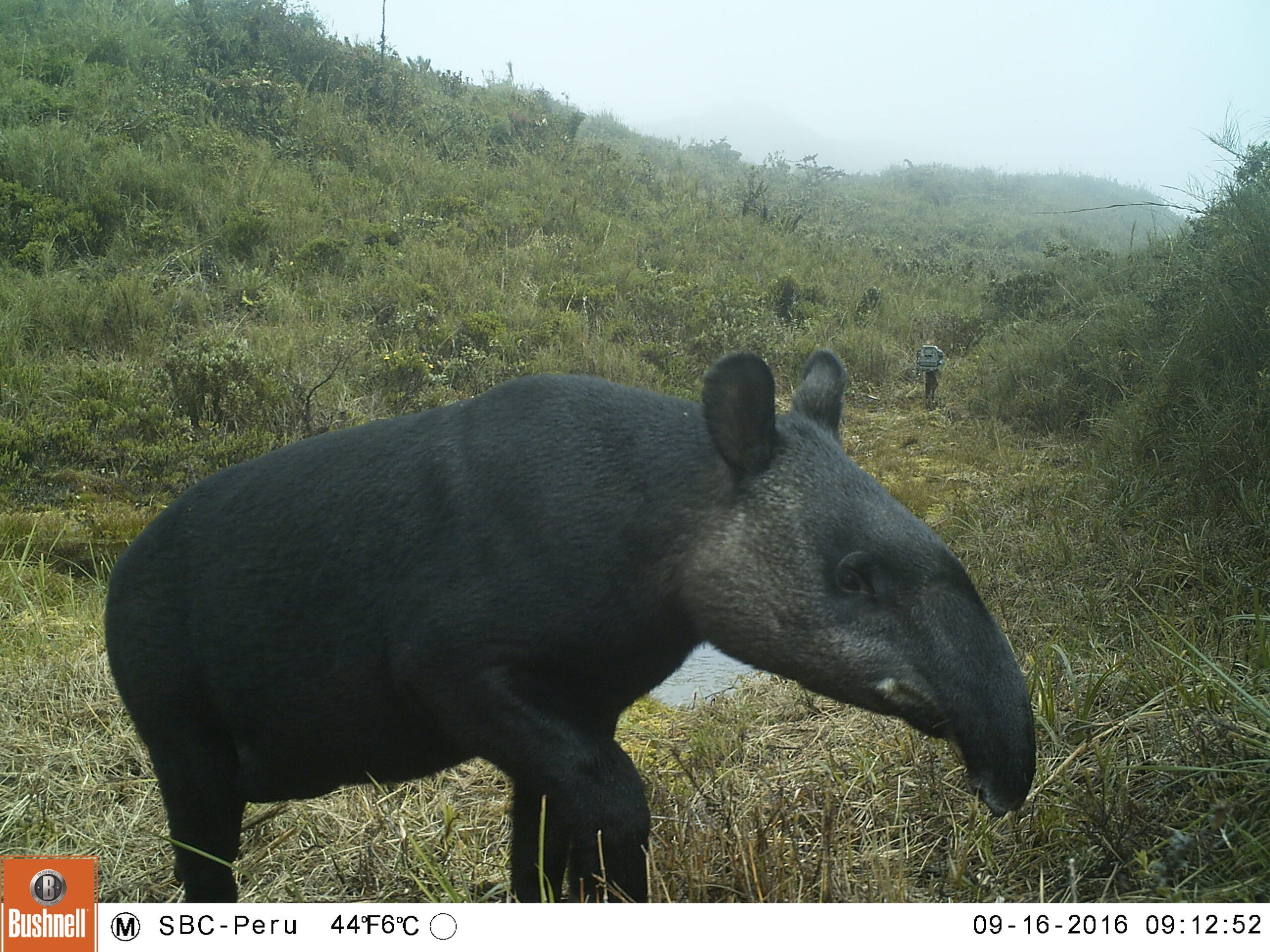Mastering the Correct Pronunciation
Ever stumbled upon the word “tapir” and wondered about its proper pronunciation? You’re not alone! While it seems like a word you should just know, “tapir” often trips people up. Forget “ta-peer” or “tay-purr” – we’re going to unlock the secrets to pronounce it like a true linguist.
The correct pronunciation of “tapir” is “tay-puhr,” with the emphasis on the “tay” syllable. Imagine it rhyming with “paper” but starting with a “t.”
Why Pronunciation Matters
Getting animal names right might seem trivial, but it reflects a deeper respect for these fascinating creatures and the diverse cultures they come from. Accurate pronunciation ensures clear communication, especially in educational or scientific settings.
Delving Deeper: What is a Tapir?
Now that you can pronounce it correctly, let’s explore the fascinating world of tapirs. These large, herbivorous mammals, often described as a mix between a pig and an anteater, inhabit the rainforests of Central and South America, and Southeast Asia.
A Closer Look: Tapir Characteristics
- Appearance: Imagine a sturdy, pig-like body with a short, flexible trunk (proboscis), strong legs, and hoofed toes – that’s a tapir! Their coloration varies by species, ranging from reddish-brown to black and white.
- Habitat: Tapirs prefer dense environments like tropical rainforests, grasslands near water sources, and even cloud forests.
- Diet: As herbivores, tapirs play a crucial role in their ecosystem. They graze on leaves, fruits, aquatic vegetation, and soft shoots, acting as important seed dispersers.
- Behavior: These mostly solitary and nocturnal animals communicate through a range of whistles and clicks.
“Tapir” Across Languages
Interestingly, the word “tapir” itself isn’t a language but originates from the indigenous Tupi language of Brazil. The Tupi word tapyra, meaning “thick skin,” reflects the animal’s robust hide. This word then journeyed into Portuguese and Spanish, eventually landing in English during the late 18th century.
While we pronounce it “tay-puhr” in English, the pronunciation of “tapir” varies across languages. For example:
- Spanish: “tah-peer”
- French: “tah-pee”
These variations highlight how languages evolve and adapt, creating a beautiful tapestry of sounds and meanings.
Conservation: Protecting the Tapir
Sadly, these gentle giants face an uncertain future. Habitat loss, deforestation, hunting for meat and hides, and competition with livestock threaten their survival. All four tapir species are currently listed as either “Endangered” or “Vulnerable” by the International Union for Conservation of Nature (IUCN).
Raising Awareness Through Pronunciation
By learning the correct pronunciation of “tapir” and understanding the threats these animals face, we can contribute to their conservation. Spreading awareness, supporting conservation organizations, and advocating for responsible environmental practices can make a difference in safeguarding these unique creatures for future generations.
- SYBAU See You Baby Meaning: Gen Z Slang Evolves - July 1, 2025
- Unlock Your Inner Youth: Lifestyle Secrets for a Vibrant Life - July 1, 2025
- Decode SYBAU Meaning: Gen Z Slang Explained - July 1, 2025







2 thoughts on “How to Pronounce Tapir Like a True Linguist”
Comments are closed.